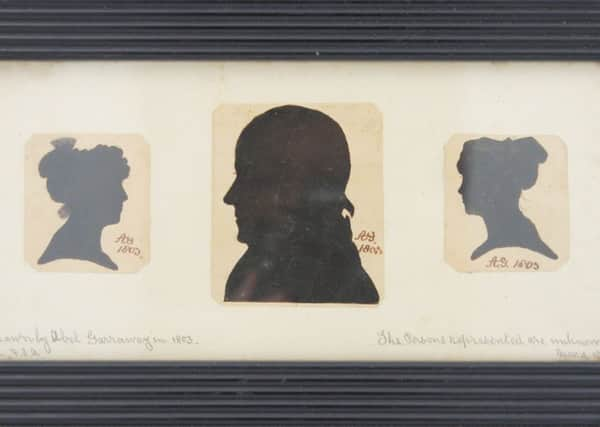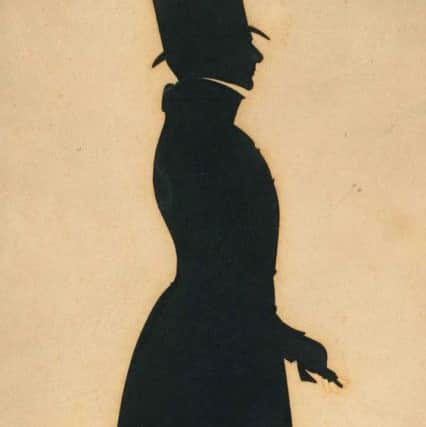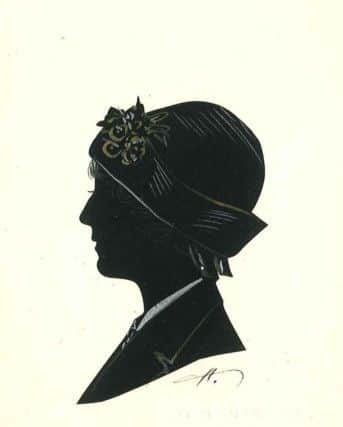Shadows from the past at Worthing Museum


This global craze has gripped royalty, politicians, media stars and the general public alike.
Although the selfie is a product of modern technology, the idea of circulating an image of yourself stretches back into human history, through photographs, portraits and silhouettes.
Advertisement
Hide AdAdvertisement
Hide AdFrom these options the silhouette is the one we are probably least familiar with.


A silhouette is an image represented as a solid shape of a single colour, usually black, its edges matching the outline of the subject.
Silhouette images can normally be described as pieces of cut paper, which were then stuck to a backing in a contrasting colour, and often framed.
The word “silhouette” derives from Étienne de Silhouette, a French finance minister who, in 1759, during the Seven Years’ War, imposed severe economic demands upon the French people.
Advertisement
Hide AdAdvertisement
Hide AdHis name became synonymous with anything done or made cheaply.


Silhouette profiles cut from black card were the cheapest way of recording a person’s appearance.
The term “silhouette”, although existing from the 18th century, was not applied to the art of portrait-making until the 19th century.
Cutting portraits, generally in profile, from black card became popular in the mid-18th century.
Advertisement
Hide AdAdvertisement
Hide AdSilhouette represented a cheap but effective alternative to the portrait miniature.
Highly skilled specialist silhouette artists could cut a high-quality bust portrait, by far the most common style, in a matter of minutes, working purely by eye.
A leading 19th century Sussex silhouette artist, Mr. Gapp, described himself in the 1840s as: “The original Profilist, for cutting accurate likeliness’s, in which the expression of the passions and peculiarity of character are brought into action in a very superior style.”
Mr. Gapp offered his services daily from the third tower of the chain pier, Brighton.
Advertisement
Hide Ad